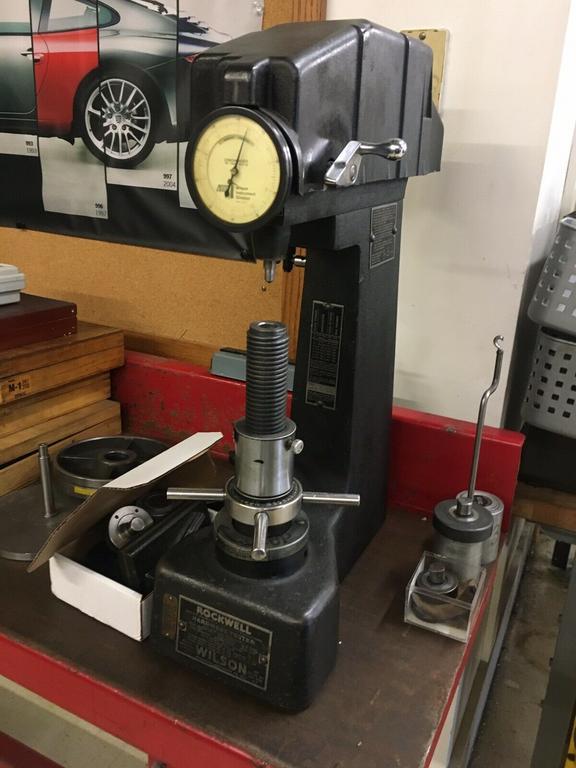John R
32 Cal
John R- I love that you have history to those hammers. Makes them even better tools!
I will take a photo or two of some hammers, I have one that is from the Union Pacific Rail Road and marked as such. Pre 1900.


John R- I love that you have history to those hammers. Makes them even better tools!
As a master bladesmith your words carry great weight. I think this is a learning process not only through information obtained but also learned through experience. It is my understanding high carbon steels do not take to forging well with extreme pressures applied rapidly or all at once. Even with that knowledge it takes experience in knowing how hard to strike or how much pressure should you be fortunate enough to have a press forge. Most of what I have tried to get across in using scrap metals is how to strike metals and how they are shaped using techniques and tools. One simple example is making a strong and aesthetic 90 degree bend in iron. You don't just "crank it over". I will never work at it enough to think I would become even a journeyman bladesmith but I sure hope to have some fun walking the trail.Gentlemen, This is just an FYI. The photos in the above mentioned book are of original historic knives, including the Tunstall Bowie. If it appears to be a reproduction, it’s likely because of its like new condition. Since it’s creation in the 1830’s, it’s spent it’s time in museums and displays with little, if any, use as a knife. That particular knife is a solid documentation between several historic figures, including the maker, James Black. It also serves to validate, if only by circumstantial evidence, other knives of the period, including Bowie No.1 (upside down handle).
As a historic blacksmith and bladesmith I will give you something to consider when choosing material to practice on. When forging in coal, you’re not only practicing forging a blade. You are juggling several things. Managing the fire, using a particular steel, etc. High carbon forges differently in some cases and has different needs and heat tolerances than “practice steels”. While opinions can be strong, I’m merely suggesting why some advise using high carbon. The blade forging practice includes the attention necessary for those other factors as well as the shaping of a blade.

Wow you are getting beyond serious with this thing!!!
Enter your email address to join: